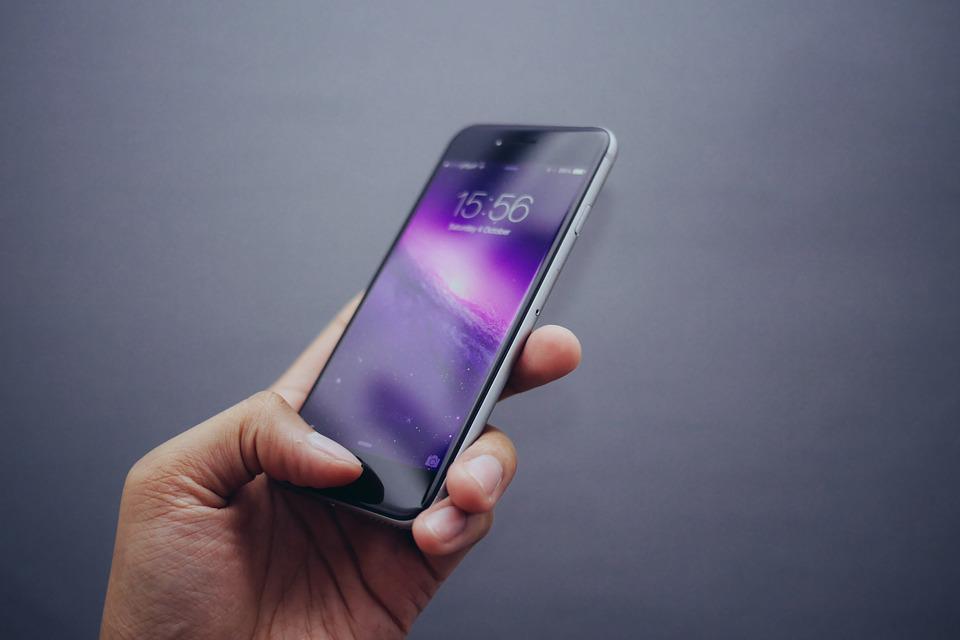SMS mailings are considered one of the most effective way to interact with the target audience. According to Adobe, while email open rates are around 30%, SMS far outperform this figure, reaching 98%. At the same time, 29% of recipients of messages click on the links contained in them.
With the help of SMS, a business can increase sales, for example, by offering a discount coupon or telling about a promotion, thanking for purchases, sending a reminder, asking for feedback. We talk about the nuances of SMS marketing: what can and should not be done by a business.
SMS Marketing: 15 Rules for Business
Texting is currently one of the most convenient ways to communicate in business, but despite this, you can overstep the bounds of etiquette without even realizing it.
Experts have compiled 15 professional texting etiquette rules for sms correspondence that all professionals need to remember and follow:
1. Call by name
If you know the name of the recipient, be sure to address him by name. Otherwise, it is not clear to whom the letter is addressed at all, and it looks impolite. If there is more than one recipient, list by name everyone from whom you expect a response or action. A person may consider that a letter does not apply to him if it is addressed to everyone. Addressing by name will remove this problem and add personalization.
2. You are talking about the case
The work letter is a short genre.Take care of your and other people’s time — go straight to the main thing. Please, avoid introductory speeches and social talk elements. In fact, this is the main difference between business and personal texting.
3. Specify the exact time
Do not write “urgent” in the sms. This concept is loose: for one it’s an hour, and for another — a week. It is better to indicate the exact time and date when you are waiting for a response or result, if talking about corporate messaging.
When texting your clients’ you also need to specify clearly the dates and time of the promotions to maximize your profit from them.
4. Format text
Do not insert links in the middle of the text — place them at the end of a paragraph or message, in a list. Explain each link: what document it leads to and why the recipient should follow it. Try not to overuse bold, italic and color. Let the text look calm.
5. Write neutrally and delicately
It is easy to evoke negative emotions in writing. The recipient may understand the text in different ways, so write as neutrally and simply as possible to avoid double interpretation. Be polite and delicate. If you do not know each other closely, do not ask personal questions, invade someone else’s space, joke and raise topics that are not related to work or your clients’ interests.
6. Save your chat history
Leave the entire previous message chain. In a large flow of information, it is easy to forget what you communicated with the sender — the history of SMS correspondence will help you remember. This is especially true for employees who receive many letters with problems and questions. But also it will be helpful to trace all the SMS a certain client has received from your company and when, what the point has been, and how the client has reacted.
7. Name files and documents clearly
If you insert a picture or GIF or any other file to your SMS, name the file so that it is immediately clear what it is about and what it refers to. It is difficult to distinguish one IMG568909865 from another IMG6789988901 in the list of images. It’s much better if it’s a logotype or a company’s branded file.
8. Read before submitting
Everyone can make a mistake or make an inaccuracy, write ambiguously or explain incomprehensibly. Therefore, before sending, re-read the message and check for errors. If it was written under the influence of emotions, do not send it right away — let it rest for about 15 minutes. Then look again — perhaps you were too harsh in judgments and assessments. If so, change your tone and rephrase the slippery points.
9. Answer fast
Senders don’t expect instant responses, but almost half of people respond to messages within an hour. Write an answer as soon as possible. If this is part of your direct responsibilities — for example, you work in support or project coordinator — try to respond within 15-30 minutes.
10. Send SMS during business hours
There are three reasons to follow this rule:
- An audible alert may wake up the recipient.
- Some people find texting after business hours, including weekends, unacceptable and quite rude.
- Your message may simply get lost among the others.
If you’re writing on a Saturday morning, schedule your SMS to be sent on Monday at 10:05, for example.

Don’t send “thank you” and “please” in separate SMS. It takes time to open and read the message. By simply sending “thank you”, “please” and similar messages, you distract the interlocutor. It is better to thank the next time you send additional info or answer new questions. So in one message there will be both benefit and gratitude.
11. Do not write information that must be hidden
Be prepared for the fact that everything you write may become public. No one is immune from situations in which confidential information is obtained from strangers. So you need to avoid the situations when some confidential information is sent via SMS.
If you do need to send some confidential approval codes in SMS to your clients, make use of the benefits of OTP technology. One time password (or dynamic password) technology is an alternative for traditional passwords.
12. Keep emojis under control
Every message is a reflection of your professionalism, even if it’s a short text. So even though your phone is full of funny emoticons, save them for personal correspondence but not for communication with clients.
Just imagine, would you be ready to receive emojis from your employer? Or is it OK to insert emojis into a CV? The situation is the same with using emojis in texting clients or corporate SMS mailing.
13. Check the recipient
You could accidentally send an SMS to the wrong person. Your mistake will cause confusion if your contacts have similar names. So, check, check, and check again if your message reaches the right person before sending the text.
Primarily, it affects your reputation and your customers’ trust. In the second place, such mistakes with recipients may cost you a projected profit or even lead to losses.
14. Don’t change meeting times or venues in a text
If you decide to change the time or place of the meeting at the last minute, do not send an SMS, but rather call. Your message will not be read in time and you will ruin your reputation. Also this rule concerns messaging some info of a sad nature: don’t inform about bad news via SMS. It’s a situation for personal communication.
15. Watch your abbreviations
Don’t use commonly known abbreviations such as “lol” (laughing out loud) or “np” (no problem). Always reread your texts out loud and remove unacceptable words. You’re not messaging your best friend, it’s a text for your client or a colleague. So if you want to make your SMS more friendly and warm, just be polite. But not cross the line.
Always watch the tone and expressions. Do not write anything that may offend another person or negatively affect the image of the company. The main thing is to respect the interlocutor, his opinion and time, and take care of the common cause.
Be aware of the volume limit
One SMS takes no more than 160 characters. If this amount is exceeded, the mailing service will charge as for sending two messages. And this will be a significant issue for a budget!
To save your money, not to double your texting expenses and to make your newsletter effective, follow a few tips:
- One message is one unit of meaning. You should not announce several promotions in one SMS at once. Separate them.
- Part of the text in SMS can be a hyperlink, for example, to a website or social network page. To save space, use a link shortening service. Google or bitly.com offer such URL shorteners.
- Try to convey specifics in SMS. Details can be disclosed on the site if the user decides to follow the link.
In SMS, it is better to get straight to the point, without introductions. Most likely, the message “20% discount on down jackets – details on the site” will work better than the abstract “We have new discounts on clothes.”
Summing Up
In order for the message to interest the user, follow several mailing rules:
- write short and to the point;
- indicate who the SMS came from;
- address the recipient by name;
- check that all links in the newsletter are clickable;
- do not send sms on a far-fetched occasion.
But in order for the recipient to want to open the message and follow the link, the company’s task is to correctly compose an SMS mailing list.


